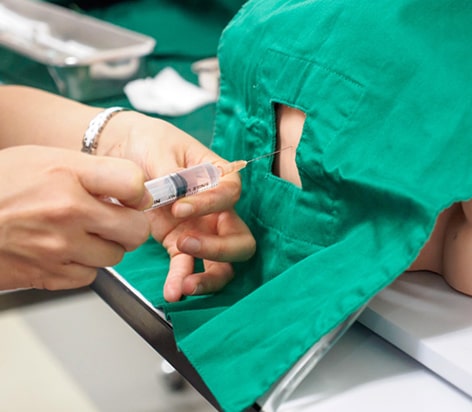
Intrathecal chemotherapy is provided to patients suffering from cancer of the central nervous system. It is also given to patients who have an increased risk of metastasis of certain cancers, such as lymphoma or acute lymphoblastic leukemia, to the central nervous system. Intrathecal chemotherapy is an effective method to deliver chemotherapy to the brain and spinal cord because the drugs delivered through the oral and injectable route do not reach the central nervous system in therapeutic concentration due to the presence of the blood-brain barrier.